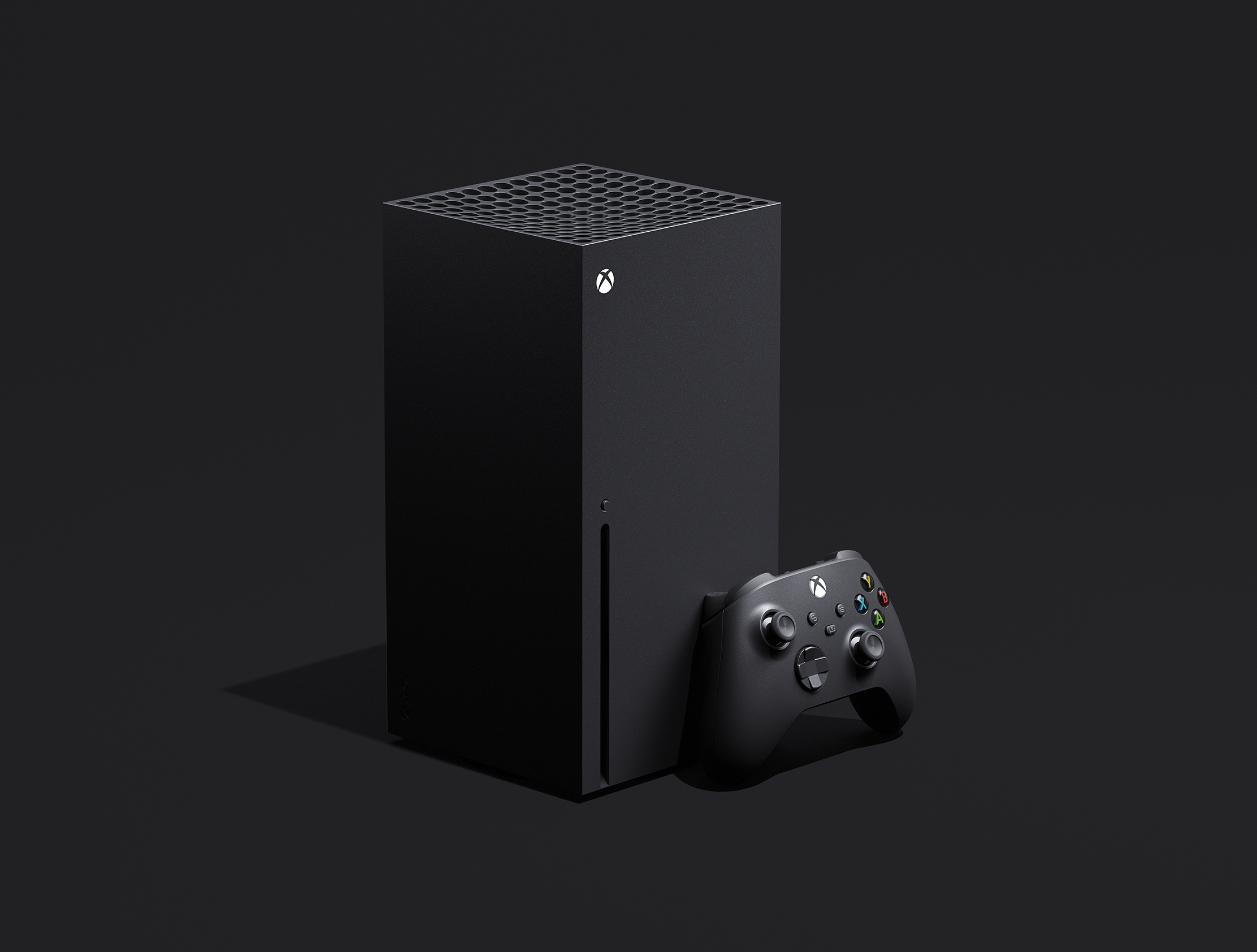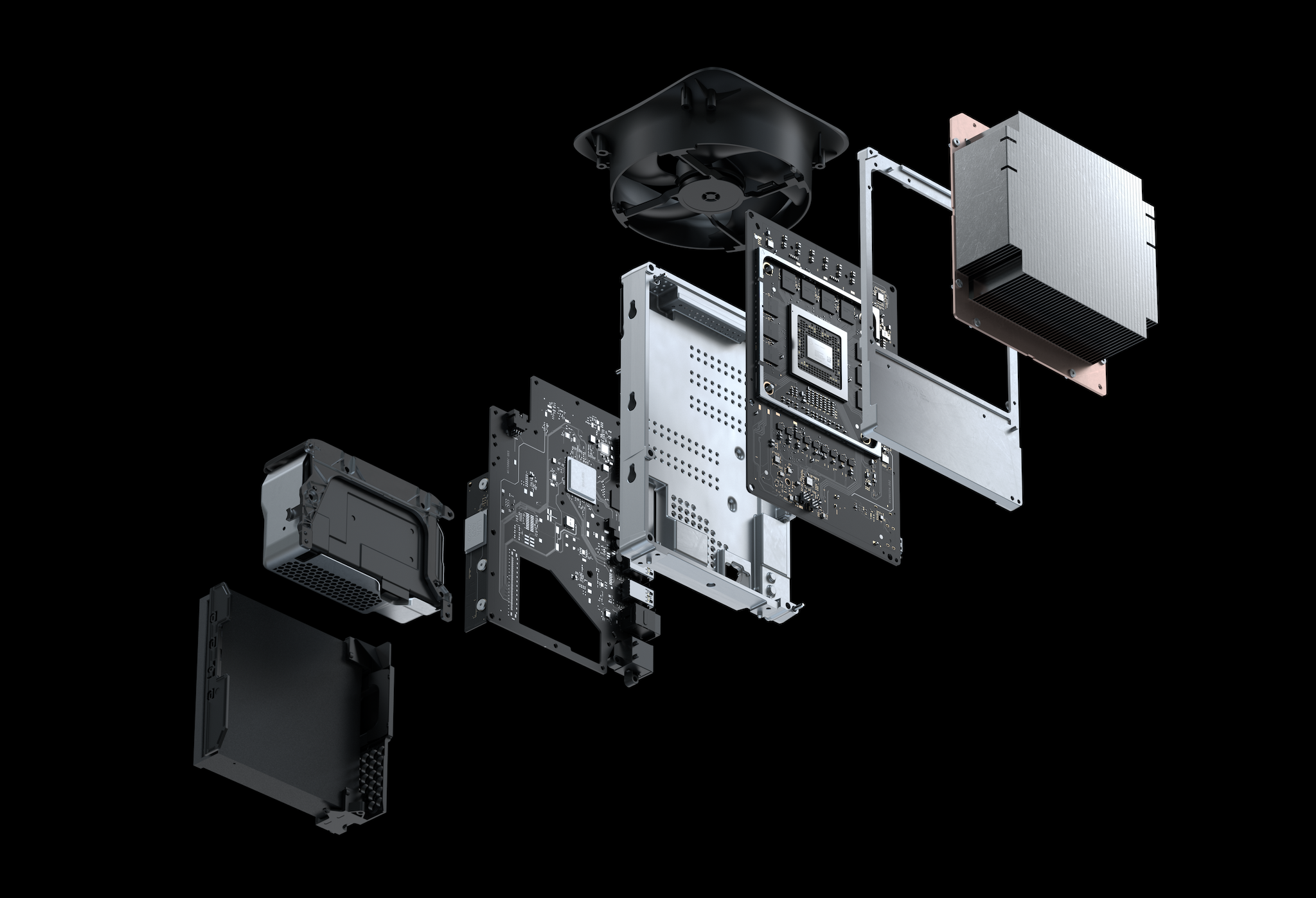Xbox Series X review: Forget everything you thought you knew about new generation consoles

The Xbox Series X does not seem to want to shock you, and couldn't even if it tried. Pull it out of its box, which itself uses the same green highlights and design that have marked the previous generations, and everything will seem almost eerily familiar: the console is a little bigger than the Xbox One, a little boxier, but it's fundamentally the same squared-off black cuboid design that arrived with the Xbox One in 2013.
Plug it in, turn it on and set it up – a nicely simple process, using your phone to do all the fiddly details – and the Xbox Series X is even more recognisable. The menus are identical to those on the Xbox One, and so are the things you'll find inside of them.
The Xbox Series X doesn't even really have any exclusive games. There's not a single title that you can play on the Series X that you can't play on the previous generation console, with all the big games available for Xbox One. There aren't even any games you can play on this that you can't play on the PlayStation 5: that job was supposed to be done by Halo Infinite, but that's been pushed back until some unspecified date in 2021.
All of this is a marked departure from the PlayStation 5, which has adopted a new (and more controversial) look on both inside and out. Sony's new console is the epitome of what we classically expect from a new generation of consoles, for better or worse: an unusual design, new games, great promises about the experiences that will be unlocked, features such as 3D audio that could be genius or could be a novelty you'll never use.
The Xbox Series X takes the opposite approach: it does not want to be new, it wants to be better. And, on that metric, it truly delivers. There may be no surprises, but there's plenty of delight.
When the Xbox One arrived, it did so amid a flurry of different hopes. It was not only a games console but – as the name suggested – the device that would serve as the centre of your living room, wrapping everything into one box. You would plug your satellite box into it so that you could watch TV, Microsoft said, and you'd plug your Kinect into it so that it could track your body as you flailed it around in your living room.
The Xbox Series X seemingly has only one aim: to make the games you play as good as possible. The gimmicks are gone – the Series X doesn't even have the ports to plug into a Kinect or satellite receiver – and anyway at this point your television probably has all the apps it needs. With all of that cleared away, there's only one aspiration left, but thankfully it's the important one.
Everything is touched by this aim to make everything better. Menus are rapid, and you are never left waiting even a moment for anything to launch or change; once those games have started up, they're just as quick, and the touches of improvements are significant, especially if you're upgrading from an older Xbox One like the original console.
That is an important reminder that Microsoft has somewhat done away with the idea of new generations of consoles in recent years, instead iterating on them through something more like micro-generations. The Xbox Series X doesn't break out of that philosophy but is instead a continuation of it: really, the new console is to the Xbox One X what the Xbox One X was to the original Xbox One. The Xbox One X arrived in 2017, four years after the original console; the time between the Series X and the Xbox One X was smaller than that between Xbox One X and the Xbox One, and the gap in performance is likewise.
Microsoft isn't seemingly ashamed or embarrassed about that fact, and is instead pushing it as a feature. In fact, two of the technologies that Microsoft has stressed most in talking about the Xbox Series X are actually about older games.
It has promised that it has conducted extensive work making sure that the console is as backward compatible as possible – it can play any game that the Xbox One can, unless they rely on the Kinect, and accessories will work too – and has undertaken considerable testing to ensure they play as they should.
But perhaps more importantly it has also pushed a feature known as "Smart Delivery", which allows you to buy one game and have the best version of it arrive on all of your consoles: you can play Gears 5 on the Xbox Series X in your living room and the Xbox One in your bedroom, and they will be the same basic experience, just more or less reliant on the extra firepower of the console.
This seems to underline the basic idea of the Xbox Series X: Microsoft doesn't really want you to have to think about what console you're playing on, only that the console is providing the best experience it possibly can. The Series X delivers that, for sure, but not to such a degree that it is immediately a must-purchase or should make you look down on your existing Xbox One.
From the outside, the design of the Series X is largely inoffensive, neither exciting or upsetting – the only really distinguishing features are a nice green gradient that appears through the cooling holes at the top, which looks nice when you can see it, and the stand that hovers on the side if the console is turned horizontally, which definitely doesn’t. It’s large but probably not so large that it will have trouble finding a home in most TV stands or media units.
The controller is much the same: nice, yes, but not so new that it will make you yell with either glee or frustration. The vibration is improved so that it’s more precise, everything has a broadly more ergonomic feel and the “share” button that has been added makes it very easy indeed to snap screenshots – like everything in the Series X, it’s what you know from the previous generation, just a little better.

When firing up games, they universally load practically instantly, with barely any noticeable waiting or loading screens at all. Even Call of Duty: Warzone and PlayerUnknown's Battlegrounds – both of which, fittingly for games that make you jump out of a plane at the start, make my Xbox One's fans spin up like a jet engine – run silky smooth and silent.
The extra flourishes that the increased power of the Series X are also more than noticeable. Those games that have already been improved for the new generation – most notably Forza Horizon 4, but plenty more are coming in time – feel thoroughly refurbished, with extra detail, resolution and frame rates that rounds off the game.
Still, it's clear that this console is – with the games we have now – only flexing a minor part of whatever power is waiting to be harnessed inside that box. As much as the Xbox Series X is a console that has an admirably rich appreciation of its past, its most exciting time is surely ahead, as developers start to make the most of those vast specs.
Without those, there’s nothing that should make you feel bad about not running out to buy the Xbox Series X straight away – which is mostly impossible anyway, given all the stock has sold out. But just as the consoles will start to trickle into shops soon, so will the reasons to buy one: the Series X is a classic-in-waiting.
Join our commenting forum
Join thought-provoking conversations, follow other Independent readers and see their replies
Comments
Bookmark popover
Removed from bookmarks